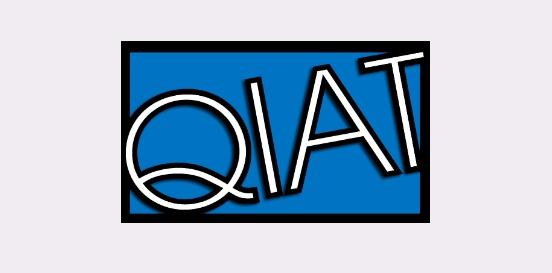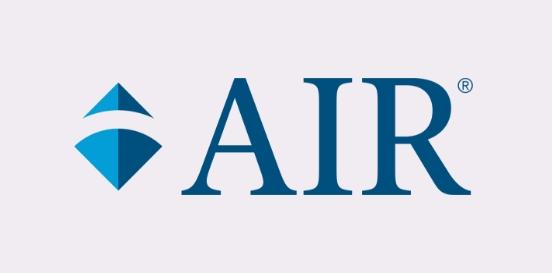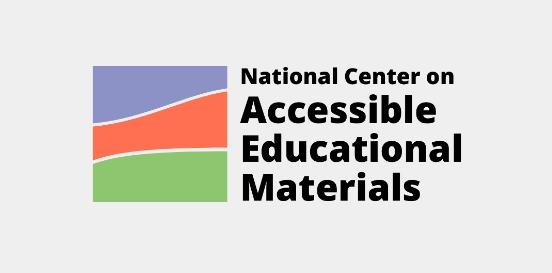Captioning
The process of converting the audio content of a video, webinar, live event, or other production into text and displaying the text on a screen or monitor.
Considerations
Take the following considerations into account when selecting and implementing AT to ensure that the chosen tools are well-suited to the student’s needs, align with their goals, and seamlessly integrate into their educational journey. By embracing a collaborative approach and considering the specific skills, tasks, and implementation context, educators can provide students with the necessary support to thrive academically and functionally, promoting inclusivity and fostering their overall success.
Skills and Tasks What skills or tasks will the student utilize this tool for? What areas, functional or academic, does this tool support?
Access to spoken dialogue and narration that includes speaker identification and descriptions of sound effects and music
Implementation Context In what activities, classes, or environments will the student utilize this tool?
Quality captions not only display words as the textual equivalent of spoken dialogue or narration, but they also include speaker identification, sound effects, and music description. Captioning is critical to individuals who are deaf or hard of hearing and can also aid and enhance the experience and understanding for many others. (National Association of the Deaf, 2020)
- Closed-captioning: Positioned typically at the screen's bottom, this text description becomes visible when activated by the user.
- Open-captioning: Similarly located at the screen's bottom, this text is visible to all viewers and cannot be disabled.
- Subtitles: Unlike captions, subtitles lack non-speech elements such as sounds or speaker identifications. Consequently, they do not effectively communicate with individuals who are deaf or hard of hearing. Subtitles can assist students in learning a new language by providing visual reinforcement of spoken words. They can see the words as they hear them, aiding in vocabulary acquisition, pronunciation, and comprehension.








